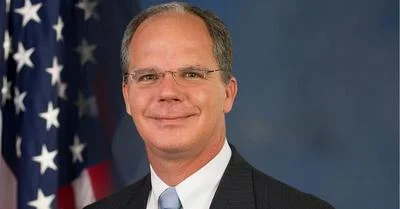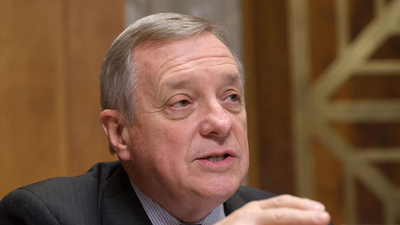The Ways and Means Committee released a new report detailing the role the U.S. health system plays in the climate crisis. After issuing a request for information back in March 2022, this Majority Staff Report analyzes responses from health systems, hospitals, dialysis companies, nursing homes, and community health centers, as well as health care trade associations and others, about how they are addressing the climate crisis and how climate-related extreme weather events have affected their operations. The respondents are geographically diverse and span the continuum of care, delivering services to millions of patients nationwide each year.
Health Care and the Climate Crisis: Preparing America’s Health Care Infrastructure shows that the health system is at various stages in confronting the climate crisis, and that the federal government has a role to play in supporting the sector through these challenges.
“This novel report is the first step in better preparing our health care system to respond to the climate crisis,” Chairman Neal said. “There has been very limited research examining how extreme weather events are already disrupting health care delivery or the ways in which emissions from our health care system are exacerbating the climate crisis. As our nation confronts this existential threat, the health care system must be a part of the solution. The Ways and Means Committee will build on this report by continuing to work with the Biden Administration and providers across the country to develop a path forward that is focused on transparency, data-sharing, and communication.”
“Health Care and the Climate Crisis: Preparing America’s Health Care Infrastructure”
- Part One provides an overview of the problem, description of Chairman Neal’s 2022 Request for Information, and summary statistics from an analysis of survey respondents
- Part Two examines how the climate crisis and the prevalence of extreme weather events impact health care organizations
- Part Three describes how health care organizations are assessing their environmental impact and working to reduce their respective carbon footprints
- Part Four summarizes findings and provides a discussion of implications
- Part Five is an appendix with survey methodology, limitations, and supplemental tables
- List of Respondents
- Climate Innovators
- Facility-Based Health Care Providers and Associations for Facility-Based Health Care Providers
- Group Purchasing Organizations
Original source can be found here.








